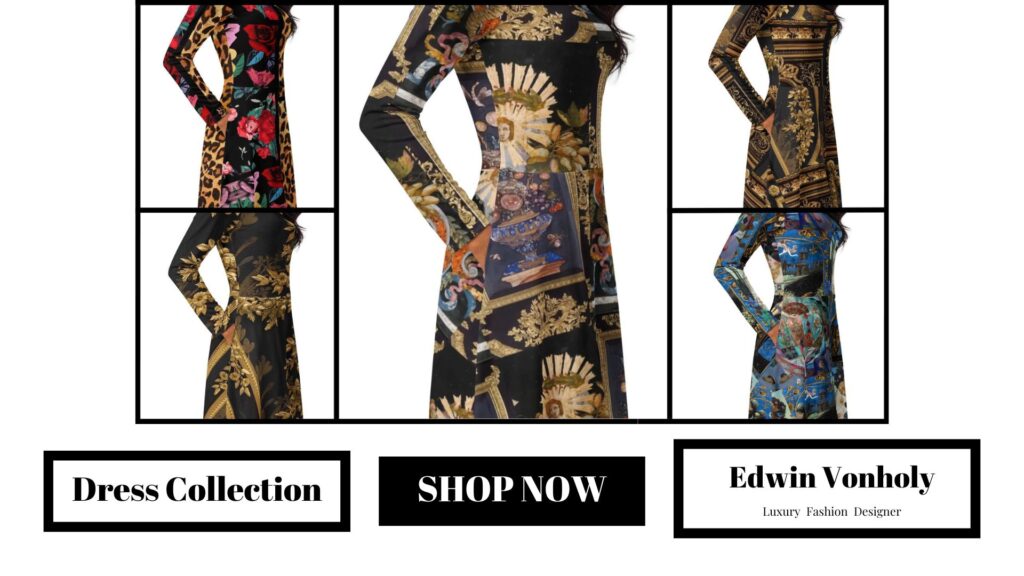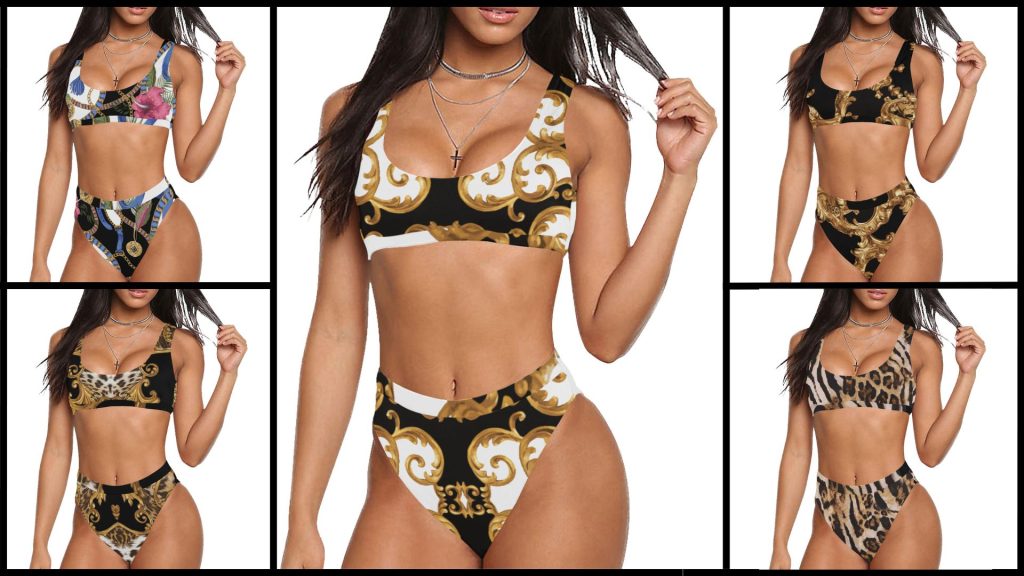Maxi vs. Midi: Understanding Different Long Dress Lengths
When it comes to choosing the perfect long dress, the length plays a crucial role in defining both style and comfort. Two of the most popular long dress lengths are the maxi and midi, each offering unique aesthetics and versatility. Understanding the differences between these two styles can help you make informed choices for various occasions. Here’s a breakdown of maxi and midi dresses, their features, and how to wear them.
1. What is a Maxi Dress?
Definition:
A maxi dress is typically a full-length dress that reaches the floor or just above the ankles. It is known for its flowing, elegant silhouette, making it a popular choice for formal events, casual outings, or beachwear during the summer months.
Key Features:
Length: Floor or ankle-length.
Silhouette: Flowing and comfortable, often with loose or A-line cuts.
Fabric: Maxi dresses come in a variety of fabrics such as cotton, chiffon, silk, jersey, and satin, offering both casual and formal styles.
Occasions: Perfect for formal events, beach vacations, casual daywear, or evening parties.
Styling Tips:
For formal events, pair a maxi dress with heels or sandals and accessorize with statement jewelry.
For casual outings, opt for a boho-style maxi with sandals or sneakers.
In cooler months, layer with a cardigan or jacket to keep warm.
2. What is a Midi Dress?
Definition:
A midi dress is a dress that falls between the knee and the ankle, usually around the mid-calf area. It strikes a balance between casual and elegant, offering a stylish yet practical option for various occasions. Midi dresses come in a range of styles, from fitted to flowy.
Key Features:
Length: Falls between the knee and ankle, typically mid-calf.
Silhouette: Can vary from body-hugging to loose and flowy. The length of the dress often adds a sophisticated edge.
Fabric: Available in various fabrics, from cotton and linen for casual wear to silk and velvet for formal occasions.
Occasions: Suitable for work, casual outings, semi-formal events, or even date nights.
Styling Tips:
Pair a midi dress with ankle boots or heeled sandals to elevate the look.
For a casual day look, opt for a flowy midi dress with sneakers or flats.
In colder weather, layer a midi dress with a cropped jacket or a long coat.
3. Maxi vs. Midi: Key Differences
Length:
The most obvious difference between a maxi and a midi dress is their length. Maxi dresses reach the floor or just above the ankle, while midi dresses typically stop at the mid-calf. The length of the dress impacts the overall look and feel, with maxi dresses providing a more dramatic, sweeping effect, while midi dresses offer a more practical, balanced approach.
Versatility:
Maxi Dresses: Because of their dramatic length, maxi dresses are often associated with more formal occasions, like galas, weddings, or upscale parties. However, they can also be worn casually in the summer with sandals or paired with jackets for fall.
Midi Dresses: Midi dresses are more versatile when it comes to mixing formal and casual styles. They can be dressed up with heels for an elegant evening look or worn casually with sneakers or sandals for a daytime outfit.
Comfort:
Maxi Dresses: While maxi dresses can be incredibly comfortable, they might be less practical for active days or when mobility is required, as they can drag on the floor or get caught in windy conditions.
Midi Dresses: Midi dresses offer more practicality for everyday wear, especially for people who prefer not to worry about their dress touching the floor. They provide enough coverage while offering more freedom of movement.
Seasonality:
Maxi Dresses: Maxi dresses are often considered more suitable for warmer months or evenings when you want a long, flowing look. However, with the right layering, maxi dresses can be worn in cooler months too.
Midi Dresses: Midi dresses are perfect for all-year wear. You can wear them in the summer with sandals or in winter with tights and boots. Their mid-calf length makes them more adaptable for layering and dressing for the seasons.
4. When to Wear a Maxi Dress
Perfect for Formal Events:
Maxi dresses are ideal for elegant, formal occasions such as weddings, galas, or cocktail parties. Their floor-length design makes them a stunning choice for events that call for refined and sophisticated attire. Pair your maxi dress with high heels and delicate accessories for a polished, graceful look.
For a Beach or Resort Look:
Maxi dresses are a classic choice for beach vacations or resort wear. Their flowing nature and soft fabrics like cotton and linen make them comfortable yet stylish for lounging by the pool or strolling along the beach. A maxi dress in a light, airy fabric with strappy sandals creates a chic summer look.
Casual Daywear:
While maxi dresses are often thought of as formal, they can also be dressed down for casual daywear. Opt for a simple cotton maxi dress paired with sneakers or flat sandals for an easy, breezy outfit for running errands or hanging out with friends.
5. When to Wear a Midi Dress
Perfect for Office Wear:
Midi dresses are the ideal choice for office wear or professional settings. Their modest yet stylish cut provides a sophisticated look while maintaining comfort throughout the day. A fitted or slightly flared midi dress paired with a blazer and pointed-toe heels is a polished, work-appropriate look.
For Day-to-Night Style:
Midi dresses transition well from day to night, making them perfect for a busy schedule. Wear a midi dress during the day with flats or sneakers, then swap for heels and a statement necklace for a chic evening look. Midi dresses offer a versatile option for everything from brunch with friends to dinner dates.
Ideal for Layering:
Midi dresses are great for layering, making them a fantastic choice during transitional weather. Pair your midi dress with a cardigan, long coat, or leather jacket to create a stylish and cozy ensemble that works year-round.
6. How to Choose Between Maxi and Midi
Consider Your Height:
Maxi Dresses: If you’re tall, maxi dresses will elongate your frame and emphasize your height, creating a streamlined look. For shorter individuals, choosing a well-fitted maxi dress with heels can also create the illusion of added height.
Midi Dresses: Midi dresses can work on most body types, but if you’re shorter, make sure the hemline hits just above your mid-calf for a flattering effect. Taller individuals can pull off a variety of midi dress lengths, from just below the knee to mid-calf.
Think About the Occasion:
Maxi Dresses: Choose maxi dresses for formal events, vacations, or when you want a dramatic, sweeping look.
Midi Dresses: Opt for midi dresses for work, casual events, or when you want a balanced, versatile style that’s perfect for all-day wear.
Comfort and Practicality:
Maxi Dresses: For a more relaxed and flowing style, maxi dresses are perfect, but consider practicality when moving around or if you need a dress that won’t drag on the floor.
Midi Dresses: If you prefer ease of movement and versatility, midi dresses offer more comfort and flexibility, making them ideal for running errands, workdays, or evening outings.
Conclusion
Choosing between a maxi and midi dress comes down to personal preference, body type, and the occasion you’re dressing for. Both lengths offer unique benefits, with maxi dresses providing an elegant, dramatic look and midi dresses offering versatility and practicality. Understanding the differences between these two styles can help you make the right choice and create fashionable, functional outfits for any event. Whether you’re looking for a statement-making gown or a comfortable, chic dress for everyday wear, maxi and midi dresses offer endless styling possibilities.







